What is Telescope?-History, Types, And Applications
What is a Telescope?
Telescopes are optical instruments designed to collect and magnify light enabling us to observe celestial objects with greater detail. They work on the principle of gathering and focusing electromagnetic radiation, whether it is visible light or other forms such as radio waves or X-rays.
Telescopes have played a key role in our understanding of the universe allowing us to explore vast space and unravel its mysteries. From ancient civilizations gazing at the stars to modern-day astronomers studying distant galaxies, telescopes have revolutionized our knowledge of the cosmos.
History of Telescopes
The journey of telescopes began centuries ago. In the early 17th century, the invention of the refractor telescope revolutionized our understanding of the night sky. Hans Lippershey was a Dutch mathematician and astronomer who invented the first telescope. After that Galileo Galilei made significant improvements to this design and used it to make groundbreaking astronomical discoveries.
How do Telescopes Work?
Telescopes work on the principle of collecting and focusing light to create magnified images of distant objects. The objective lens or primary mirror captures incoming light, while the eyepiece magnifies the image for observation.
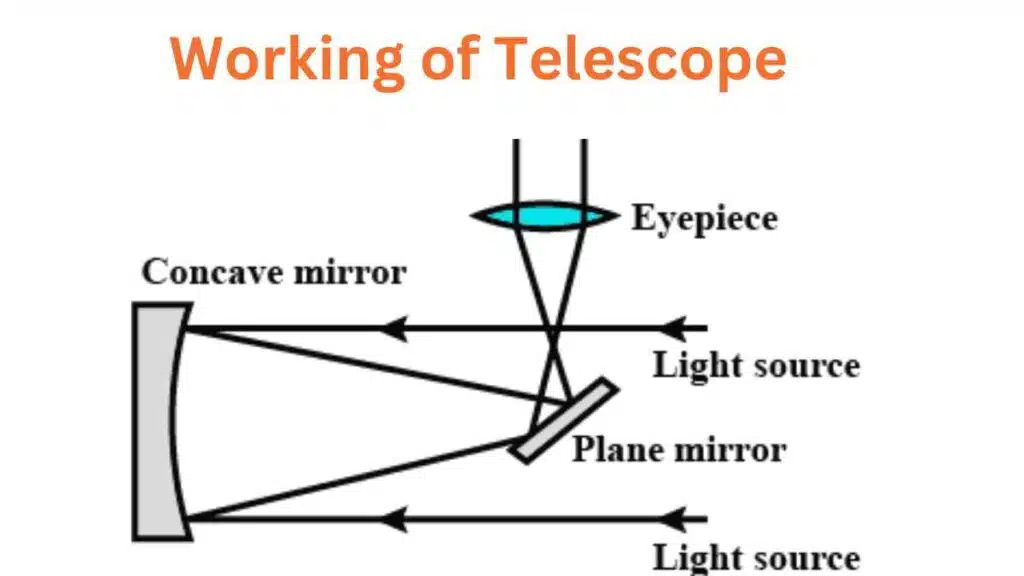
By adjusting the focus and utilizing additional accessories, astronomers can achieve optimal clarity and detail in their observations.
Types of Telescopes
Telescopes can be broadly classified into three main categories:
- Optical telescopes
- Radio telescopes
- Space telescopes
Each type has its unique features and applications.
Optical Telescopes
An optical telescope is a device designed to collect and concentrate light primarily from the visible portion of the electromagnetic spectrum. Its purpose is to produce an enlarged image that can be directly observed visually, captured photographically, or recorded using electronic image sensors. It is further divided into two types.
Refracting Telescopes
Refracting telescopes utilize lenses to gather and focus light. They have a long and tubular structure with an objective lens at the front that collects and refracts light. It forms an image at the eyepiece. Refracting telescopes are known for their crisp, high-contrast images, making them ideal for observing planets, the Moon, and double stars.
Reflecting Telescopes
Reflecting telescopes use mirrors instead of lenses to gather and focus light. The primary mirror captures incoming light and reflects it onto a secondary mirror, which directs the light to the eyepiece or a camera. Reflecting telescopes are excellent for observing faint objects, such as galaxies and nebulae, due to their larger apertures and light-gathering capabilities.
Radio Telescopes
Unlike optical telescopes that detect visible light, radio telescopes capture radio waves emitted by celestial objects. These telescopes consist of large dish-shaped antennas that collect radio signals and convert them into data. Radio telescopes have been instrumental in studying distant galaxies, quasars, and cosmic microwave background radiation.
Space Telescopes
Space telescopes, as the name suggests, are telescopes placed in outer space to overcome the limitations posed by Earth’s atmosphere. The absence of atmospheric interference allows space telescopes to capture clearer and sharper images. The Hubble Space Telescope and the Kepler Space Telescope are two notable examples that have revolutionized our understanding of the universe.
Telescope Accessories
Astronomers use various telescope accessories to enhance the observing experience and capture breathtaking images. These are important parts of the telescope.
Eyepieces
Eyepieces are interchangeable lenses that determine the magnification and field of view of the telescope. They come in different focal lengths, allowing astronomers to observe celestial objects at varying levels of detail.
Mounts and Tripods
Mounts and tripods provide stability and allow for easy maneuverability of telescopes. Equatorial mounts, alt-azimuth mounts, and motorized mounts are some common types that aid in tracking celestial objects as they move across the sky.
Filters
Filters are used to selectively block certain wavelengths of light, enhancing the visibility of specific objects or features. They are particularly useful for observing planets and filtering out light pollution.
Famous Telescopes
Several telescopes have left an indelible mark on the field of astronomy. Here are three notable examples:
Hubble Space Telescope
The Hubble Space Telescope, launched in 1990, has revolutionized our understanding of the cosmos. It has captured awe-inspiring images and made significant discoveries, furthering our knowledge of distant galaxies, black holes, and the age of the universe.
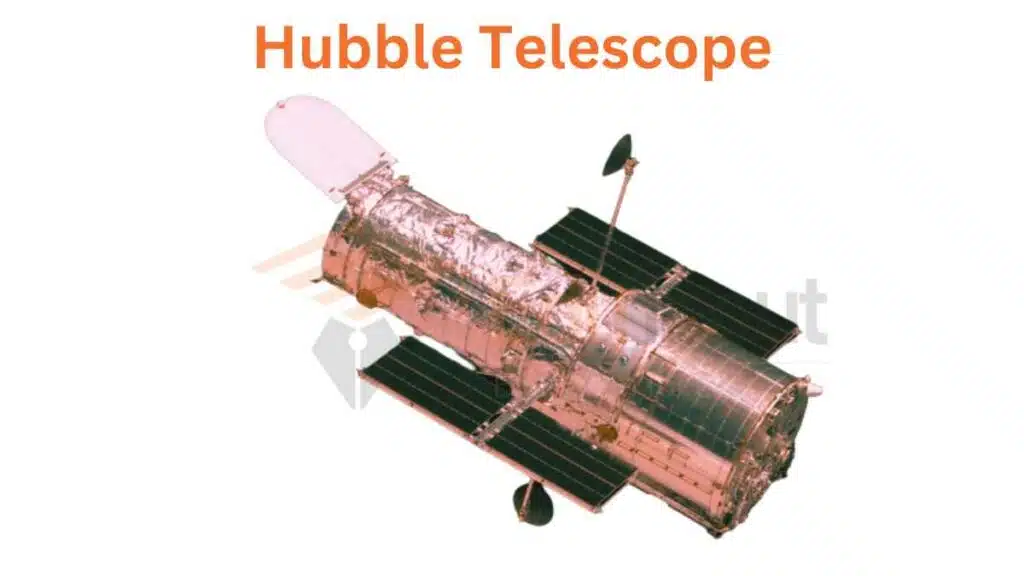
James Webb Space Telescope
The upcoming James Webb Space Telescope, scheduled for launch in 2021, promises to be a game-changer in astronomy. Its advanced technology and infrared capabilities will enable scientists to study the early universe, exoplanets, and the formation of stars and galaxies.
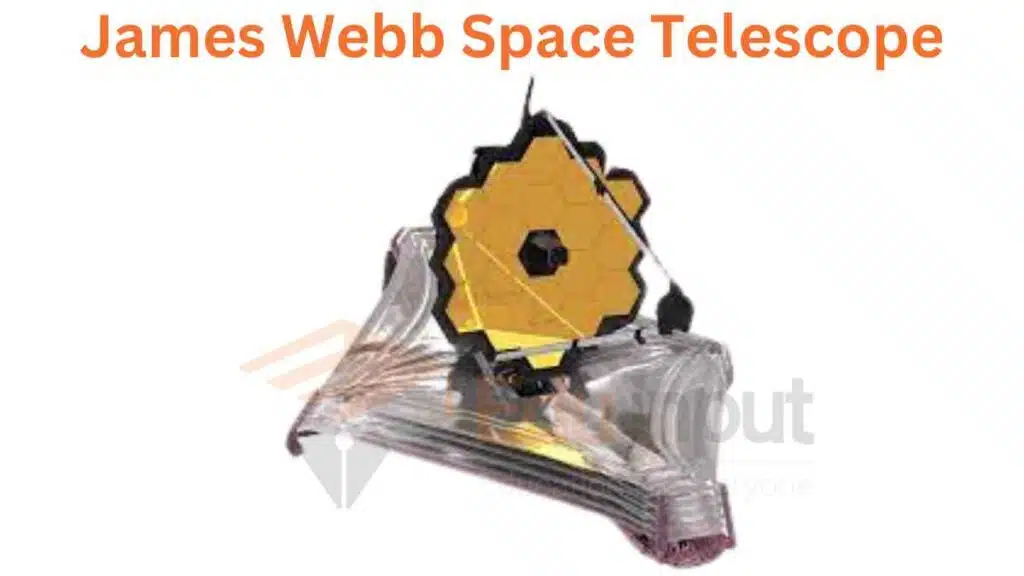
Very Large Telescope (VLT)
The Very Large Telescope (VLT) is one of the world’s most advanced ground-based telescopes. It is located in Chile’s Atacama Desert. It has an array of four large telescopes. The VLT has contributed significantly to various astronomical discoveries, including the observation of exoplanets and the measurement of dark matter.
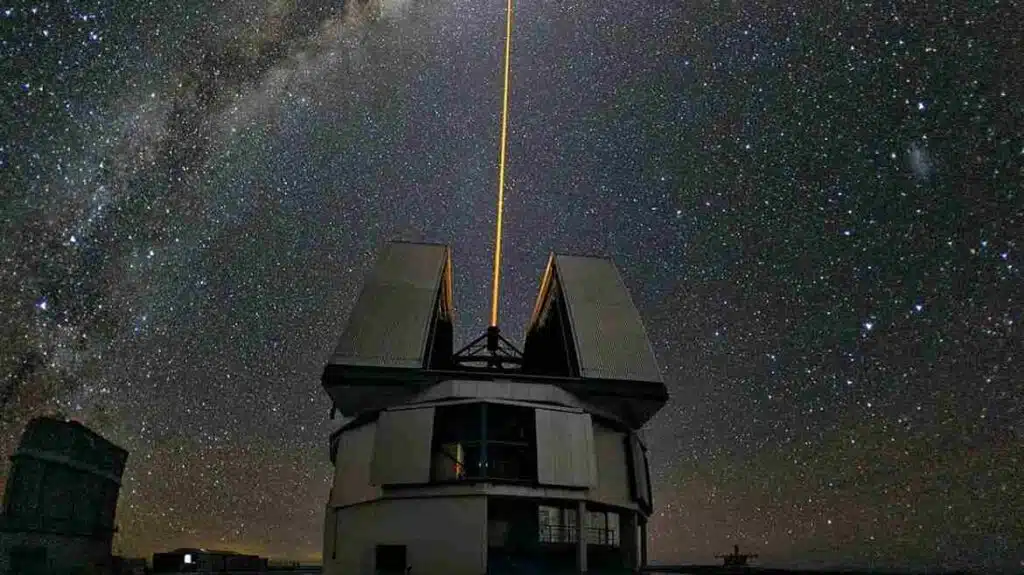
Application of Telescope
Here are some common applications of telescopes in different fields.
Astronomy and Space Exploration
Astronomy remains one of the primary applications of telescopes. These powerful instruments allow astronomers to observe celestial objects. It helps to study their composition, track celestial events, and make significant discoveries about the nature of our universe.
Telescopes provide invaluable data for space exploration missions. It helps in the search for exoplanets, studying distant galaxies, and unraveling the mysteries of black holes.
Planetary Science
Telescopes play an important role in planetary science. It enables scientists to observe and study our neighboring planets and their moons. They help in mapping the surfaces of planets, tracking weather patterns, monitoring volcanic activity, and studying the atmospheres of celestial bodies. Telescopic observations provide essential data for planetary missions and contribute to our understanding of the solar system.
Earth Science
Telescopes equipped with advanced imaging technologies are employed in Earth science applications. These telescopes are called Earth-observing satellites. They capture high-resolution images of our planet from space.
They monitor changes in the environment, study weather patterns, measure atmospheric composition, track deforestation, and help in disaster management.
Aerospace Engineering
Telescopes are used in the field of aerospace engineering to track and monitor spacecraft and satellites. Optical telescopes combined with radar systems help scientists and engineers keep a close eye on space missions. They assist in spacecraft navigation, orbit determination, and monitoring satellite deployments. Telescopic observations ensure the smooth functioning and safety of space missions.
Geology and Geophysics
Telescopes are used in geology and geophysics for remote sensing and studying the Earth’s geological features. Geologists can map and monitor geological formations, study tectonic activity, track volcanic eruptions, and analyze landform changes by capturing detailed images from space.
Education and Outreach
Telescopes serve as powerful tools for education and outreach initiatives. They offer a hands-on approach to learning about astronomy, physics, and the natural sciences. Many educational institutions and observatories provide access to telescopes for students and the general public to study the celestial bodies.
Art and Aesthetics
Telescopes have even found their way into the world of art and aesthetics. Artists and photographers utilize telescopic lenses for capturing unique perspectives, create stunning visual compositions, and explore the beauty of distant landscapes and celestial objects.
Related FAQs
Which telescope is used to see planets?
The Hubble Space Telescope and ground-based telescopes such as the Keck Observatory are used to see planets.
What is the use of a telescope?
The primary use of a telescope is to observe and study celestial objects, including planets, stars, galaxies, and other astronomical phenomena. Telescopes collect and focus light, enabling astronomers to view distant objects with greater clarity and detail.
Who first invented the telescope?
The telescope was first invented by Dutch mathematician and astronomer Hans Lippershey in the early 17th century.
Which space telescope is best?
The Hubble Space Telescope is considered one of the best space telescopes. It has revolutionized our understanding of the universe and provided numerous groundbreaking discoveries.



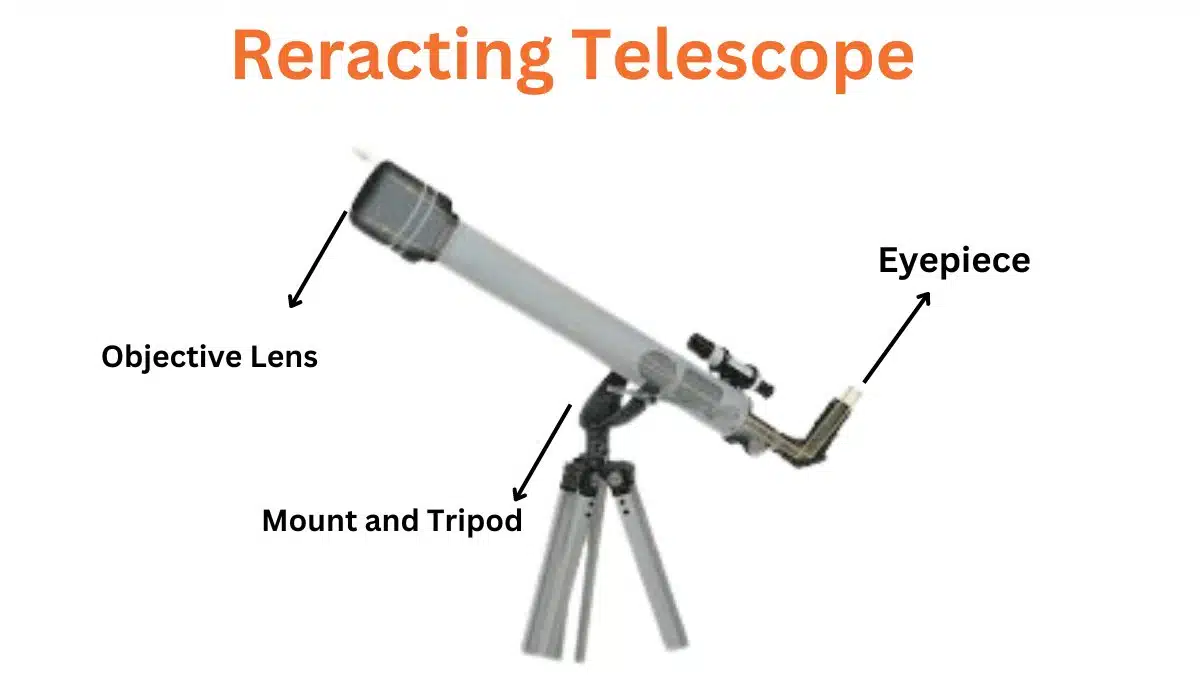


Leave a Reply